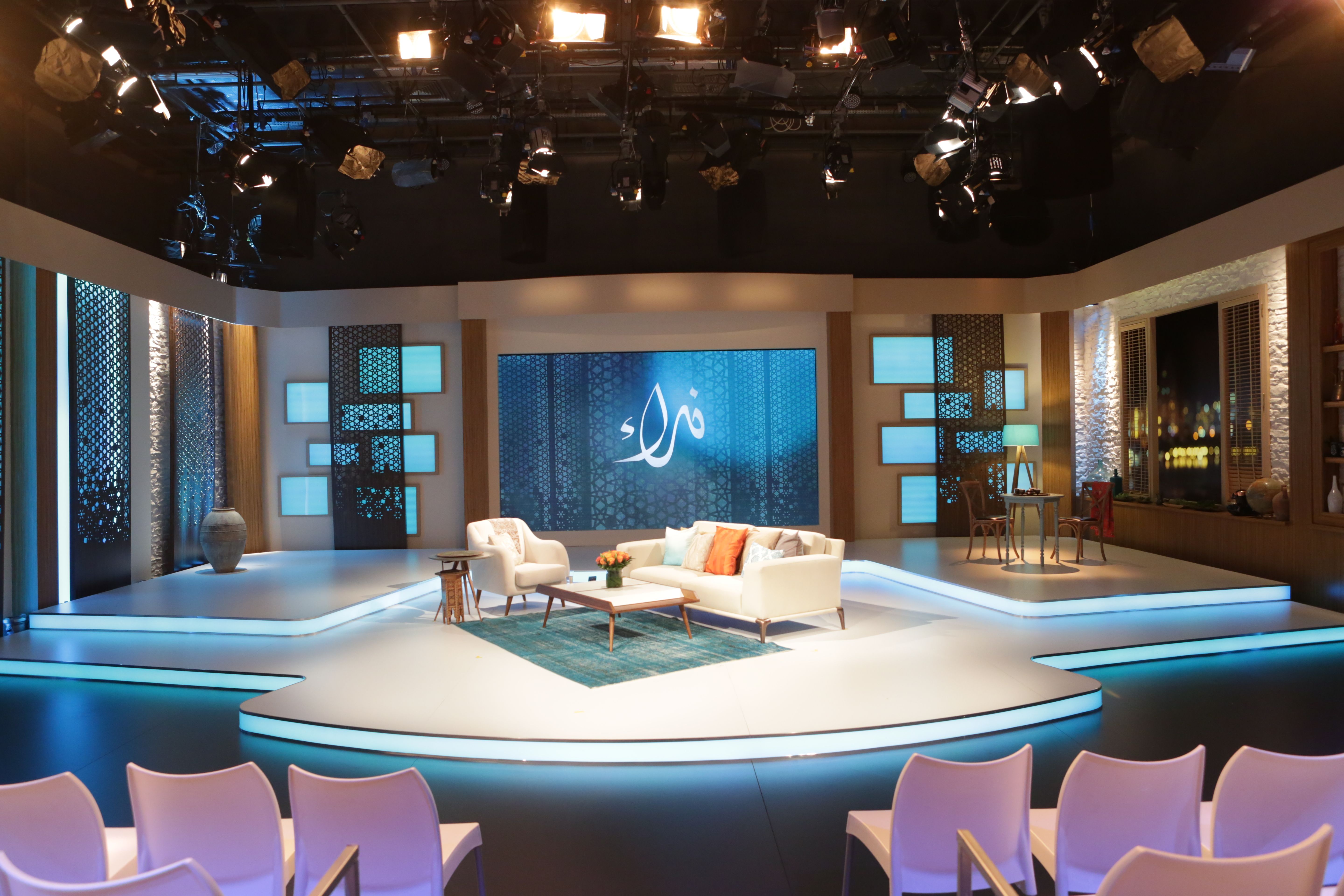

- #Virtual machine 3d graphics upgrade
- #Virtual machine 3d graphics free
On the up side, you now get up to 3GB shared VRAM instead of 2GB, so you'll be able to play some less-ancient games and use slightly more modern 3D-rendering apps. And on top of this, VMware silently assumed everyone was using Metal 2 and had abandoned OpenGL, which of course isn't true. Either way, any VMs under VMware Fusion 10.x that supported DirectX, under the highest Hardware Version then available, suddenly lost that ability in VMware Fusion 11.x, until upgraded to Hardware Version 16. What seems to have happened was that either Hardware Version 14 did support DirectX and this support was removed, or there was a Version 15 that did and that entire version was removed.
#Virtual machine 3d graphics upgrade
This will upgrade the video drivers, etc., to VMware Fusion 11 versions.
 If it did work in VMware Fusion 11, then after restarting your VM fully, re-install VMware Tools from within the VM. If not, undo the two changes made to the config files ( preferences and *.vmx). In that, see if there's an option to go to Hardware Level 15 if not, leave it at 14. If you just cannot get it to work at all, set the VM's Hardware Level back to 14, and its VRAM (Display > Shared Graphics Memory) back to no more than 2048 (the max in VMware 10), then downgrade the VMware app back to VMware Fusion 10.x. That is apt to really booger something up. Under no circumstances should you fire up the VM entirely (i.e., past the point where you get a login screen and can pick the option to shut the VM down) until this "No 3D support" problem is fixed. vmx file, and add the mks.gl.allowBlacklistedDrivers = "TRUE" line to that file as well. Virgil3d virtio-gpu is a paravirtualized 3d accelerated graphics driver.
If it did work in VMware Fusion 11, then after restarting your VM fully, re-install VMware Tools from within the VM. If not, undo the two changes made to the config files ( preferences and *.vmx). In that, see if there's an option to go to Hardware Level 15 if not, leave it at 14. If you just cannot get it to work at all, set the VM's Hardware Level back to 14, and its VRAM (Display > Shared Graphics Memory) back to no more than 2048 (the max in VMware 10), then downgrade the VMware app back to VMware Fusion 10.x. That is apt to really booger something up. Under no circumstances should you fire up the VM entirely (i.e., past the point where you get a login screen and can pick the option to shut the VM down) until this "No 3D support" problem is fixed. vmx file, and add the mks.gl.allowBlacklistedDrivers = "TRUE" line to that file as well. Virgil3d virtio-gpu is a paravirtualized 3d accelerated graphics driver. #Virtual machine 3d graphics free
If it still doesn't work, shut down the VM, and VMware Fusion, then go find your VM in the macOS filesystem, right-click or ctrl-click it, and pick "Show package contents". Kernel-based Virtual Machine, or KVM in short, is a free and open-source. If you have a 2013 or later Mac, and a recent version of macOS, and are running the Metal 2 3D graphics library, you can try setting the first of those (the MTL one) to "1", and could try setting the one below it (GL) to "0", but I have not tested this personally. Add the following lines (or edit any that are present to make them conform), then save the file: mks.enableMTLRenderer = "0" This should be " ~/Library/Preferences/VMware Fusion/preferences". Then in the Display tab, turn on Accelerate 3D Graphics (if it's not on already), and set the Shared Graphics Memory you need.Įdit your main VMware Fusion preferences file. 
For each VM in which you need 3D stuff, go into its Settings and pick the Compatibility tab, then Advanced Options drop-down, then select Use Hardware Version: 16.Start up every VM that is not in a fully shut-down state (anything you can "Resume").It may prompt you to allow something in System Preferences and such do so. Revert to VMware Fusion 10.x, and open that app.







 0 kommentar(er)
0 kommentar(er)
